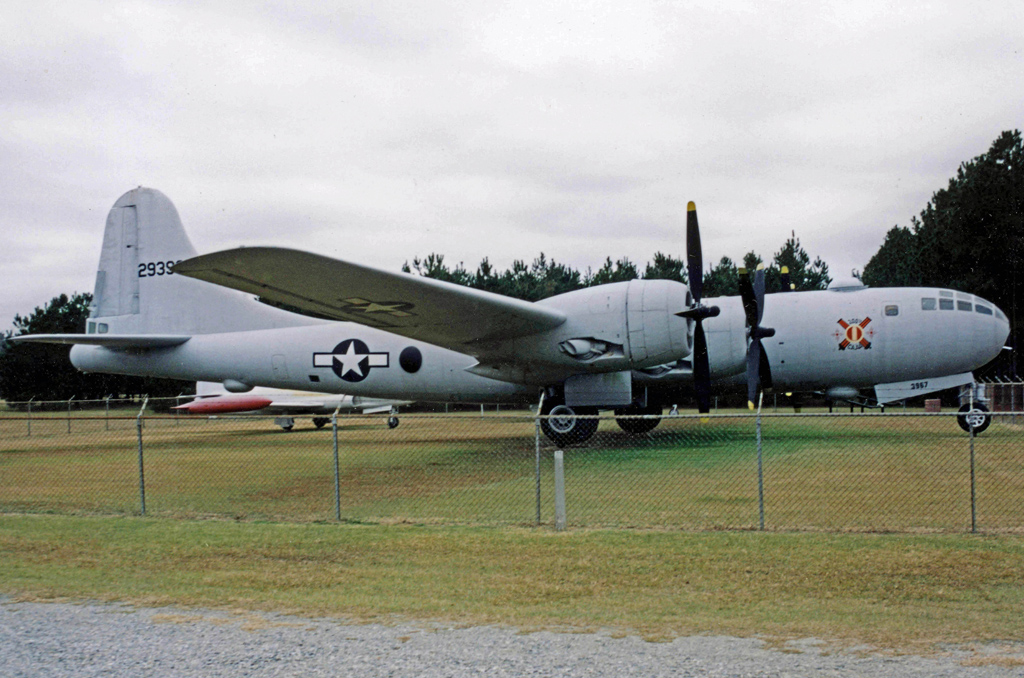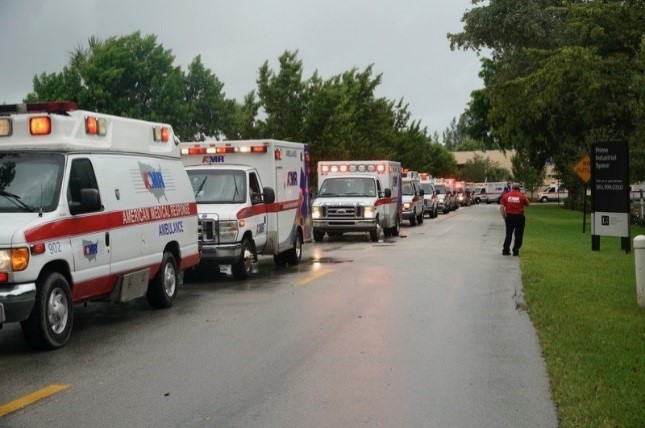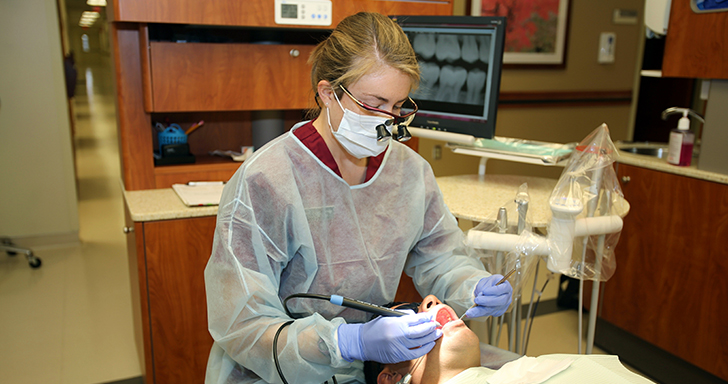|
Darton State College
Darton State College was a public college in Albany, Georgia. It was part of the University System of Georgia and had its higher enrollment, 6,097 students, in 2011. Prior to its merger with Albany State University in 2016, the college offered 84 two-year transfer and career associate degrees, 4 four-year baccalaureate degrees, and 49 certificate programs. History The institution was founded as Albany Junior College in 1963 and offered its first classes in 1966. In 1987, a committee of faculty, staff, students and community members chose the name Darton College as part of its reclassification as a state college. "Darton" is an Old English word probably meaning "town by the (River) Dearne," which refers to Albany's location on the Flint River. In November 2015, the Board of Regents of the University System of Georgia announced the consolidation of Albany State University and Darton State College and appointed Dr. Arthur Dunning as President of the university. The new com ... [...More Info...] [...Related Items...] OR: [Wikipedia] [Google] [Baidu] |
Public College
A public university or public college is a university or college that is in state ownership, owned by the state or receives significant government spending, public funds through a national or subnational government, as opposed to a private university. Whether a national university is considered public varies from one country (or region) to another, largely depending on the specific education landscape. Africa Egypt In Egypt, Al-Azhar University was founded in 970 AD as a madrasa; it formally became a public university in 1961 and is one of the oldest institutions of higher education in the world. In the 20th century, Egypt opened many other public universities with government-subsidized tuition fees, including Cairo University in 1908, Alexandria University in 1912, Assiut University in 1928, Ain Shams University in 1957, Helwan University in 1959, Beni-Suef University in 1963, Zagazig University in 1974, Benha University in 1976, and Suez Canal University in 1989. Kenya ... [...More Info...] [...Related Items...] OR: [Wikipedia] [Google] [Baidu] |
Cordele, Georgia
Cordele is a city in and the county seat of Crisp County, Georgia, United States. The population was 11,147 at the 2010 census. Cordele calls itself the Watermelon Capital of the World. History Cordele was incorporated on January 1, 1888, and named for Cordelia Hawkins, eldest daughter of Colonel Samuel Hawkins, the president of the Savannah, Americus and Montgomery Railway. In November 1864, the area that is now Cordele served as the temporary capital of Georgia. During the last days of the Confederacy, Georgia's war governor Joseph E. Brown used his rural farmhouse to escape the wrath of Sherman's March to the Sea. During that time, the farmhouse, which Brown called "Dooly County Place," served as the official capital for only a few days. It was replaced in 1890 by the Suwanee Hotel, located in what became downtown Cordele. The hotel was destroyed by a fire in late 1994 and was rebuilt. Cordele was founded in 1888 by J.E.D. Shipp of Americus. The town was located at the j ... [...More Info...] [...Related Items...] OR: [Wikipedia] [Google] [Baidu] |
Medical Informatics
Health informatics is the field of science and engineering that aims at developing methods and technologies for the acquisition, processing, and study of patient data, which can come from different sources and modalities, such as electronic health records, diagnostic test results, medical scans. The health domain provides an extremely wide variety of problems that can be tackled using computational techniques. Health informatics is a spectrum of multidisciplinary fields that includes study of the design, development and application of computational innovations to improve health care. The disciplines involved combines medicine fields with computing fields, in particular computer engineering, software engineering, information engineering, bioinformatics, bio-inspired computing, theoretical computer science, information systems, data science, information technology, autonomic computing, and behavior informatics. In academic institutions, medical informatics research focus on applic ... [...More Info...] [...Related Items...] OR: [Wikipedia] [Google] [Baidu] |
Emergency Medical Services
Emergency medical services (EMS), also known as ambulance services or paramedic services, are emergency services that provide urgent pre-hospital treatment and stabilisation for serious illness and injuries and transport to definitive care. They may also be known as a first aid squad, FAST squad, emergency squad, ambulance squad, ambulance corps, life squad or by other initialisms such as EMAS or EMARS. In most places, the EMS can be summoned by members of the public (as well as medical facilities, other emergency services, businesses and authorities) via an emergency telephone number which puts them in contact with a control facility, which will then dispatch a suitable resource for the situation. Ambulances are the primary vehicles for delivering EMS, though some also use squad cars, motorcycles, aircraft, or boats. EMS agencies may also operate a non-emergency patient transport service, and some have rescue squads to provide technical rescue services. As a first re ... [...More Info...] [...Related Items...] OR: [Wikipedia] [Google] [Baidu] |
Medical Ultrasonography
Medical ultrasound includes diagnostic techniques (mainly imaging techniques) using ultrasound, as well as therapeutic applications of ultrasound. In diagnosis, it is used to create an image of internal body structures such as tendons, muscles, joints, blood vessels, and internal organs, to measure some characteristics (e.g. distances and velocities) or to generate an informative audible sound. Its aim is usually to find a source of disease or to exclude pathology. The usage of ultrasound to produce visual images for medicine is called medical ultrasonography or simply sonography. The practice of examining pregnant women using ultrasound is called obstetric ultrasonography, and was an early development of clinical ultrasonography. Ultrasound is composed of sound waves with frequencies which are significantly higher than the range of human hearing (>20,000 Hz). Ultrasonic images, also known as sonograms, are created by sending pulses of ultrasound into tissue usin ... [...More Info...] [...Related Items...] OR: [Wikipedia] [Google] [Baidu] |
Dental Hygienist
A dental hygienist or oral hygienist is a licensed dental professional, registered with a dental association or regulatory body within their country of practice. Prior to completing clinical and written board examinations, registered dental hygienists must have either an associate's or bachelor's degree in dental hygiene from an accredited college or university. Once registered, hygienists are primary healthcare professionals who work independently of or alongside dentists and other dental professionals to provide full oral health care. They have the training and education that focus on and specialize in the prevention and treatment of many oral diseases. Dental hygienists have a specific scope of clinical procedures they provide to their patients. They assess a patient's condition in order to offer patient-specific preventive and educational services to promote and maintain good oral health. A major role of a dental hygienist is to perform periodontal therapy which includes thing ... [...More Info...] [...Related Items...] OR: [Wikipedia] [Google] [Baidu] |
Circulatory System
The blood circulatory system is a system of organs that includes the heart, blood vessels, and blood which is circulated throughout the entire body of a human or other vertebrate. It includes the cardiovascular system, or vascular system, that consists of the heart and blood vessels (from Greek ''kardia'' meaning ''heart'', and from Latin ''vascula'' meaning ''vessels''). The circulatory system has two divisions, a systemic circulation or circuit, and a pulmonary circulation or circuit. Some sources use the terms ''cardiovascular system'' and ''vascular system'' interchangeably with the ''circulatory system''. The network of blood vessels are the great vessels of the heart including large elastic arteries, and large veins; other arteries, smaller arterioles, capillaries that join with venules (small veins), and other veins. The circulatory system is closed in vertebrates, which means that the blood never leaves the network of blood vessels. Some invertebrates such as ... [...More Info...] [...Related Items...] OR: [Wikipedia] [Google] [Baidu] |
Allied Health Professions
Allied health professions are health care professions distinct from optometry, dentistry, nursing, medicine, and pharmacy. They provide a range of diagnostic, technical, therapeutic, and support services in connection with health care. Definition In 2012, the International Chief Health Professions Officers defined the allied health professions: Professions Depending on the country and local health care system, a limited subset of the following professions (professional areas) may be represented, and may be regulated: The precise titles, roles and requisites of allied health professionals may vary considerably from country to country. A generic definition for the United States is in the Public Health Service Act. Excluded professions The Association of Schools of Allied Health Professions uses wording from the Public Health Service Act to list those who are and are not allied health professionals in the United States. Those professionals who are excluded are those ... [...More Info...] [...Related Items...] OR: [Wikipedia] [Google] [Baidu] |
National League For Nursing
The National League for Nursing (NLN) is a national organization for faculty nurses and leaders in nurse education. It offers faculty development, networking opportunities, testing services, nursing research grants, and public policy initiatives to more than 40,000 individual and 1,200 education and associate members. Mission The National League for Nursing promotes excellence in nursing education to build a strong and diverse nursing workforce to advance the health of our nation and the global community. History The NLN was founded in 1893 as the American Society of Superintendents of Training Schools for Nurses and was the first organization for nursing in the U.S. I n 1912, it was renamed the National League for Nursing Education (NLNE) and released the first Standard Curriculum for Schools of Nursing in 1917. In 1942, the NLNE created individual membership, enabling African-American nurses to participate in the organization. In 1952, the NLNE combined with the National ... [...More Info...] [...Related Items...] OR: [Wikipedia] [Google] [Baidu] |
Bachelor Of Science In Nursing
The Bachelor of Science in Nursing (BSN, BScN) also known in some countries as a Bachelor of Nursing (BN) or Bachelor of Science (BS) with a Major in Nursing is an academic degree in the science and principles of nursing, granted by an accredited tertiary education provider. The course of study is typically three or four years. The difference in degree designation may relate to the amount of basic science courses required as part of the degree, with BScN and BSN degree curriculums requiring completion of more courses on math and natural sciences that are more typical of BSc degrees (e.g. calculus, physics, chemistry, biology) and BN curriculums more focused on nursing theory, nursing process, and teaching versions of general science topics that are adapted to be more specific and relevant to nursing practice. Nursing school students are generally required to take courses in social and behavioral sciences and liberal arts, including nutrition, anatomy, chemistry, mathematics, and ... [...More Info...] [...Related Items...] OR: [Wikipedia] [Google] [Baidu] |
Associate Of Science In Nursing
An Associate of Science in Nursing (ASN) is a tertiary education nursing degree which typically takes 2–3 years to complete. In the United States, this type of degree is usually awarded by community colleges or similar nursing schools. Some four-year colleges also offer this degree. Students awarded an Associate of Science in Nursing are qualified to sit for the NCLEX-RN and apply for licensure as a Registered Nurse. Students enrolled in an Associate of Science in Nursing program would take a variety of nursing courses in medical and surgical nursing, labor and delivery, pediatrics, psychiatric nursing, emergency medicine, orthopedics, and many others. The curriculum will also require supervised clinical experience in multiple specialties. Some hospital-based nursing schools that once granted diplomas have altered their curriculum to offer associate degrees. Students that graduate an Associate of Science in Nursing (ASN) program and receive licensure as a Registered nurse ... [...More Info...] [...Related Items...] OR: [Wikipedia] [Google] [Baidu] |







